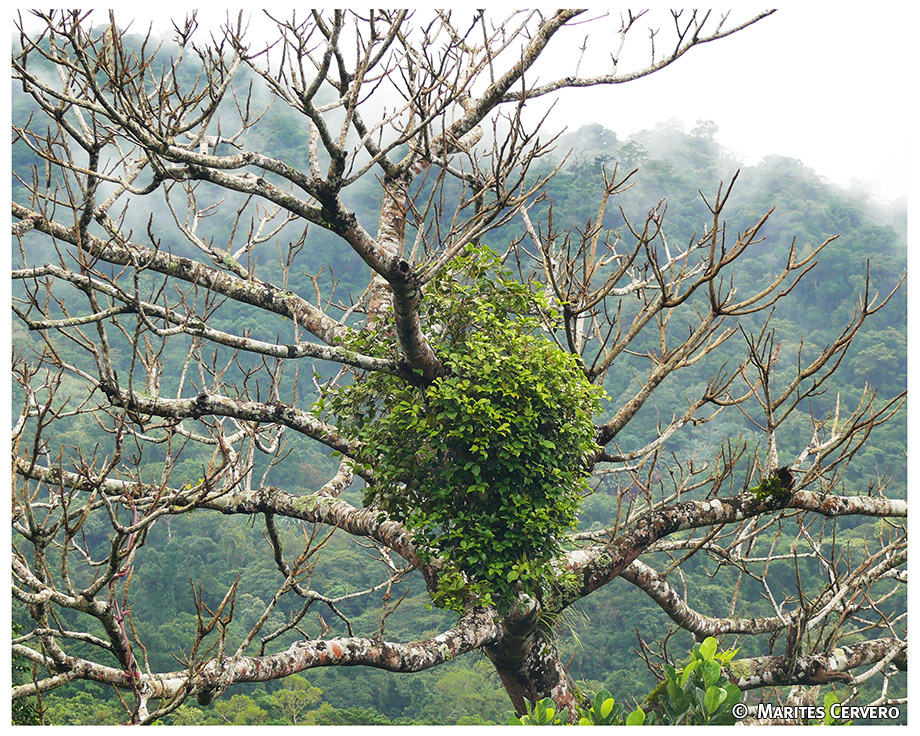Dung-on-a-twig: Mistletoe and Birds
[Part 3]
This is the last installment for our series on mistletoes and birds.
This Fire-breasted Flowerepecker from Mt. Kitanglad demonstrates the same behavior exhibited by this Pygmy Flowerpecker from Mt. Makiling and and this Buzzing Flowerpecker from Mt. Polis. On the first and second segments of the video, the bird poops out the very sticky substance containing mistletoe seeds then wipes it off a branch. This is how mistlestoes are propagated and just shows the importance of birds in regenerating our forests.
This Fire-breasted Flowerpecker is a high-elevation, uncommon, resident bird that ranges from the Himalayas to Southern China, Taiwan, Southeast Asia and the Philippines.
Fire-breasted Flowerpecker, Dicaeum ignipectus
September 2010 & January 2011, Mt. Kitanglad, Bukidnon, Philippines










